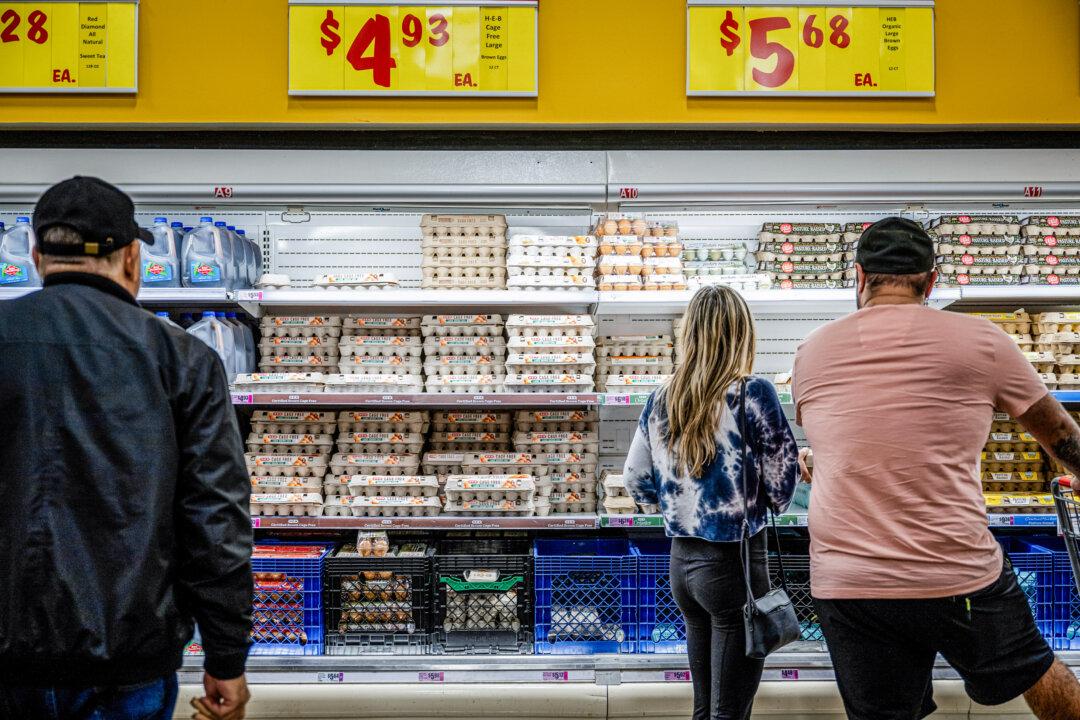Government food benefits are not meeting the needs of low-income American families as they struggle with high food costs triggered by persistent inflation, according to a recent report by the Robert Wood Johnson Foundation.
The Supplemental Nutrition Assistance Program (SNAP) is a government initiative that provides food benefits to low-income families. The U.S. Department of Agriculture (USDA) calculates the annual cost of living adjustments (COLA) for the SNAP program at the beginning of every fiscal year after taking economic inflation into account. In 2023, USDA COLA adjustments had “little effect on the generosity of SNAP benefits,” the May 20 report said.





